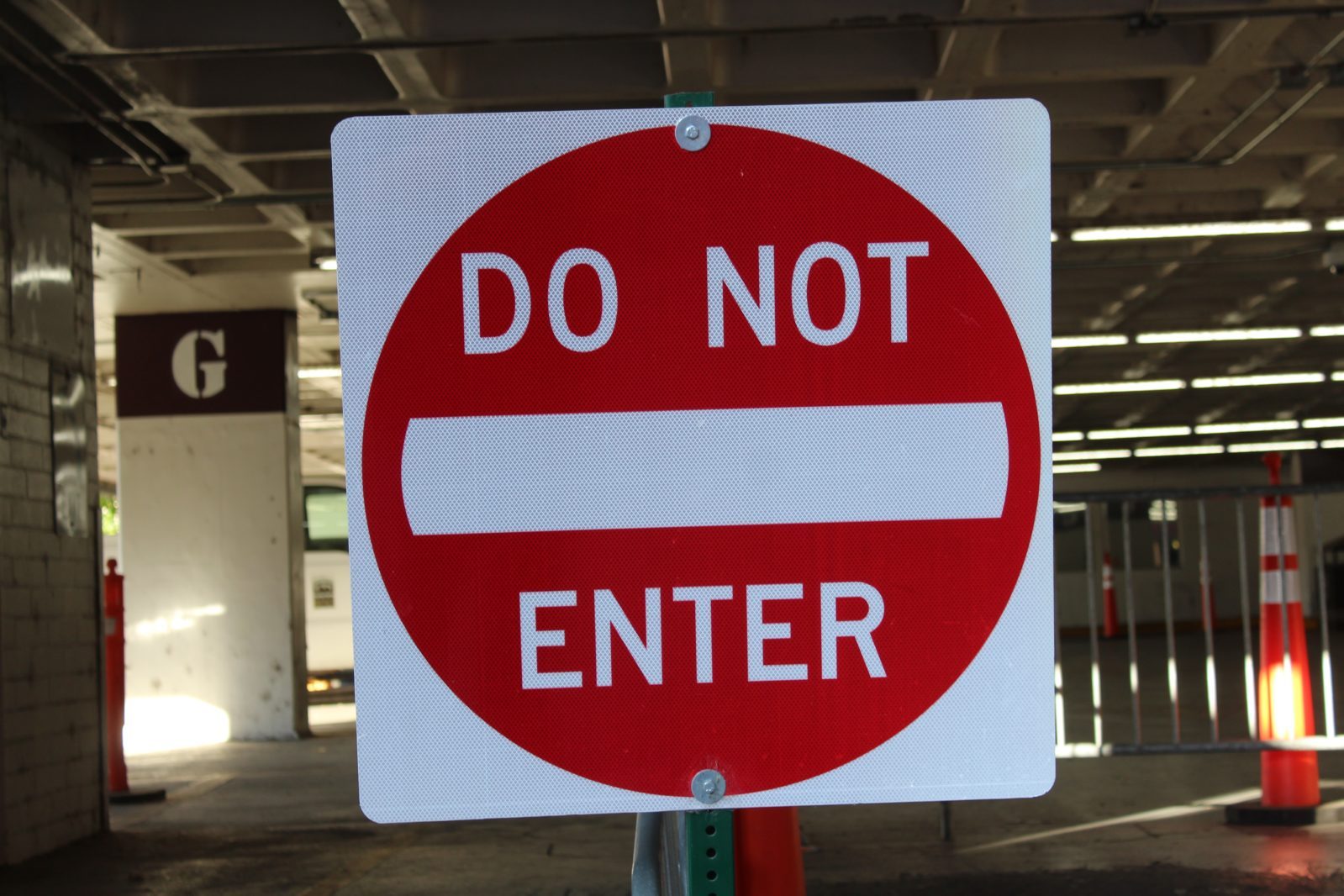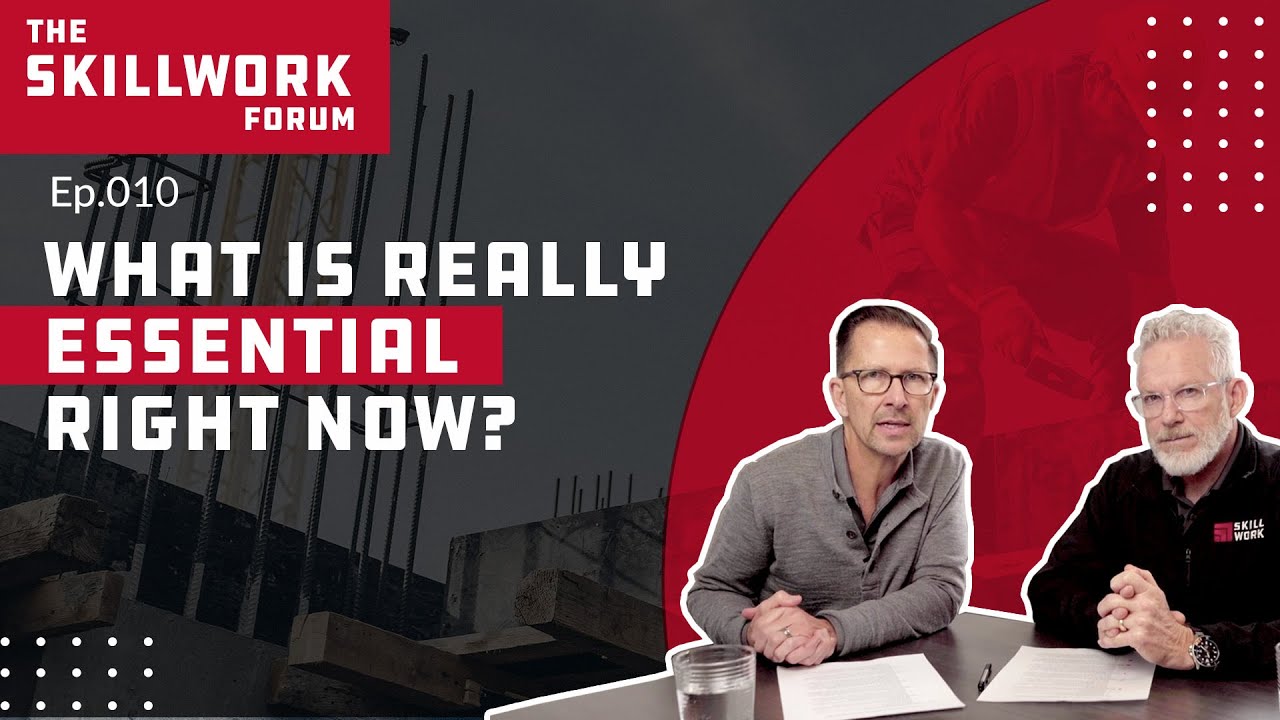Cost of Not Changing: Unsafe Working Environments

Over the past few months, we’ve been doing a series called “The Cost of Not Changing”, where we discuss various costs your business incurs from not changing the way you currently do things. At some point, those costs may become greater than the expenses you’re already incurring.
In our final installment in the series, we’re going to talk about how being understaffed is contributing to safety issues at your facility. In fact, it’s one of the key factors to rising workplace accidents. As any business leader knows, workplace accidents put a heavy burden on your employees and cost you in more ways than one.
Staffing challenges will cause an unsafe working environment
Workplace safety…not just a “dollar decision”
You’re likely very familiar with your company’s workers’ compensation MOD rate—these are the rates for workers’ comp insurance you incur that are, in part, determined by your workplace safety record. The greater the incidence of reportable injuries, the higher the MOD rate, and the greater your expenses. But what does your level of staffing have to do with accident rates and expenses? It turns out, the implications are quite clear:
Fewer staff to get work accomplished drives up workplace mishaps. Understaffed facilities experience more safety concerns and workers’ comp incidents, which means a higher workers’ comp insurance cost.
Obviously, this isn’t only a dollar decision. The welfare of your team is the most important factor. A safe work environment generally means a healthy culture—so when you have a plan to be properly staffed with experienced talent, it communicates to your people that they matter. Employees that believe their welfare is important are more satisfied and committed to the organization.
The balance between frugal business decisions and being understaffed
As business leaders, we’re always looking to monitor costs, look for efficiencies, and work to maximize the value of the company. Often, the decisions made require making tough choices–including keeping a “right-sized” organization.
However, there is a fine line between keeping a lean staff and being understaffed. The former results in greater efficiency while the latter may cost you more in the long run—whether it’s from mistakes on jobs, increased cost of workers’ comp, losing customers, or other reasons that aren’t as easily measured. It’s vital to make sure that your well-meaning business decisions aren’t placing your staff in a high-risk posture, ultimately resulting in loss of productivity and higher costs.
There are many ways that being understaffed undermines safety at your facility
When you don’t have the right number of workers, or too many inexperienced workers, it can cause safety concerns in the workplace. Here are few examples:
Monitoring and controls are reduced
You may have a wide variety of safety procedures and oversights, but the reality is that your front-line employees are always your first line of defense. They are the ones who are on the floor or in the field working with machinery day in and day out. They know when those machines become dangerously old, when safety features have stopped working, or when maintenance is overdue.
It stands to reason, then, that when you don’t have as many workers, you have fewer eyes and hands ensuring that appropriate monitoring and controls are in place. There may be issues that in the past would have raised concerns or been brought to a leader’s attention that are now overlooked, simply because there aren’t enough people to monitor them.
Workers are tired and rushed
Fewer workers with the same amount of work means that they have to do more with less, making them tired and often rushed to get the job done. In this state, your team is doing everything they can to meet quota, deadlines, and expectations—but eventually, the fatigue will affect their safety protocols and accidents are bound to happen.
This could look like taking shortcuts on safe use of equipment, ignoring lifting and movement rules, or even simple things like ignoring spills or obstructions in aisles. Understaffed and overworked employees are tired employees, and tired employees are more at risk for workplace accidents.
Increased cases of repetitive injury
Overtime or long hours takes a physical toll on your employees. The obvious risk is workplace accidents—sudden and unexpected injuries. However, increased workload has potentially even more impact to long-term health.
Repetitive stress injuries may not cause immediate “workplace accidents”, but extended periods of repetitive tasks can physically, emotionally, and mentally wear down your employees, resulting in significant and costly injuries. As a result, you may experience the need to grant extended time off or unforeseen sick days to recover. This in turn only exacerbates the lack of monitoring and accident risks mentioned previously.
Less training and focus on safety programs
Ongoing training is one of the keys to keeping up with safety protocols and daily standards. However, training is often one of the first things to be pushed to the back burner when you’re understaffed. Less training and awareness means it’s not a priority. And when safety training isn’t prioritized or even possible due to understaffing, employees are more likely to forget or ignore important safety procedures.
“Out of sight, out of mind” is going to cost you in the long run.
It’s not an unsolvable problem
Here’s the good news: like many issues, safety concerns can be resolved with the right changes. Here are a few ways to mitigate the risk:
Assess and analyze your situation
Take an honest look at your facility. Are you seeing a spike in safety-related problems? Chances are your staffing could be a significant contributing factor. Do you currently have the right people you need to meet the demands of your business? Have you crossed the line from lean and efficient to understaffed and unsafe?
Take practical steps to improve workplace safety
If you’ve found an increase in safety-related incidents, here are some practical steps you can take to address the situation.
First, communicate to your team with empathy that you understand the impact your current staffing profile is having on them. When employees feel their concerns are heard and understood, they’re more likely to feel valued and satisfied in the workplace (which in turn, makes implementing changes more successful).
Then, use a combination of traditional and innovative staffing solutions to increase your team as needed. Look to optimize your staff level to meet your deadlines without compromising safety standards. It may be necessary or prudent to augment your staff with supplemental or contracted workers, but it’s vital that you have the right workers.
On that note, it’s crucial that the company you partner with thoroughly understands your needs, listens to your requirements, and thoroughly vets the candidates they provide. This is especially true concerning an emphasis on safety-minded candidates that can be trusted to follow proper procedures. At Skillwork, for example, we have processes to provide OSHA 10 and/or 30 training and certifications for our candidates. Its just another way we focus on providing highly trained staff that helps solve your challenging problems rather than add to them.
There’s a fine line between running lean and being understaffed
Sometimes being understaffed isn’t intentional, but rather an unintended consequence of a tight labor market or increased demand, but the fact remains that this may be the root cause of your safety issues.
To solve this challenge, consider supplementing your team with qualified and safety-conscious workers to help alleviate the risk. Reach out to us and let us do a risk-free assessment of your staffing needs…it could mean all the difference for your company and the safety of your employees.

